Imagine Coaching Youth Baseball, & Loving Every Minute Of It
8 Critical Principles to Coaching Youth Baseball Revealed
And these principles don’t JUST work for coaching youth baseball.
These “rules” work for coaching youth fastpitch softball as well.
And the word “youth” doesn’t discriminate between a 7-year-old OR a 24-year-old. They work at ANY level. And ANY sport for that matter! We’re talking principles here people 😛
This subject came up recently in an email I received from Brian Petrick, a High School Varsity baseball coach…
“Just wondering how you would organize hitting for a team practice. I’m in the northeast so I’m stuck in the gym with one batting cage. How would you organize hitting stations for 15-17 guys including variance instead of mass practice. I’m hoping to have 2 tee stations, 2 flat bat stations with whiffle balls. and the cage. cage will some days split in half for two groups of front toss and other days have regular BP. (At the same time 1 or 2 pitchers are throwing their bullpens) It can be difficult to keep the guys focused for an hour of hitting when we’re stuck in the gym for 4 weeks. I coach high school varsity so I do have jr’s and sr’s.”
Now, I’m not in the trenches, coaching youth baseball teams, like some of you are. This is why I’m also asking for your help below.
Although, I DO want to give you the coaching youth baseball principles that I’ve learned to use with my paid one-on-one hitters, small groups, and team consulting.
In this coaching youth baseball post, we’ll talk about:
- Coaching youth baseball: 8 scientific principles of successful learning, and
- We need your help coaches…
Two books that changed my life, when it comes to teaching:
- Make It Stick
, by Peter C. Brown
- The Talent Code: Greatness Isn’t Born. It’s Grown. Here’s How.
, by Daniel Coyle
This post will highlight book #1 above. Book #2 echos and adds to the same “rules”. Let’s explore advice that’s grounded in research…
Coaching Youth Baseball: 8 Scientific Principles of Successful Learning
The following coaching youth baseball “rules” will optimize the learning process, guaranteed. As Peter C. Brown puts learning, in his book Make It Stick:
“Learning is deeper and more durable when it’s effortful. Learning that’s easy is like writing in sand, here today and gone tomorrow…The need to understand that when learning is hard, you’re doing important work…when learning is harder, it’s stronger, and lasts longer.“
I’ll relate the following Make It Stick learning principles to coaching youth baseball hitters…the following is highlighted material from my book:
- Principle #1: Test Often – spaced repetition of key ideas. Think constant quizzing or testing. Spread out the learning of a topic, and return to it periodically. This form of periodic practice arrests forgetting, strengthens retrieval routes, and is essential for hanging onto the knowledge you want to gain. I test my hitters on the information they’re learning in that session a TON! They leave our sessions mentally drained.
- Principle #2: Mix it Up! – interleaving of different but related topics – if they interleave the study of different topics, they learn each better than if they had studied them one at a time in sequence. For example, one of my hitters may learn how to land on a bent front knee, downhill shoulder angle, and keep a 90-degree bend in the back knee during the turn. They’re all related but aren’t exactly in proper swing sequence.
- Principle #3: Variance – CLICK HERE to read about this and the 3-foot bucket and bean bag study. I love this one!! I use it all the time from swings off the tee, to plate distances from the person throwing batting practice, to random pitching (think Cal Poly study in previous post link).
- Principle #4: Solve a Problem BEFORE Instruction is Given – Trying to solve a problem before being taught the solution leads to better learning, even when errors are made in the attempt. Before I teach something new, I may ask my hitter to tell me what the purpose of a given mechanical layer would be before I tell them the answer.
- Principle #5: Elaborate! – elaboration is the process of giving new material meaning by expressing it in your own words and connecting it with what you already know. This is another way to quiz them. But I reserve this for the hitters that have worked with me for awhile, so they’re drawing from and connecting the “right” information.
- Principle #6: Failure is a Badge of Effort – and is a source of useful information. The need to dig deeper or to try a different strategy. Making mistakes and correcting them builds the bridges to advanced learning. Failure in learning the swing has to be encouraged. I tell my hitters it’s okay to not have the right answer when I ask them. It’s okay to not hit the ball hard (if we’re working on a specific mechanical layer during a session).
- Principle #7: Quality v. Quantity – the amount of study time is no measure of mastery. Just because you take 1,000 swings a day, doesn’t mean you’re being effective with your practice. Tim Ferriss, in his NY bestselling book The Four Hour Chef
, said: “If effectiveness is doing the right things, efficiency is doing things right. Even with the best material, if your time-to-fluency is 20 years, the return on investment (ROI) is terrible.”
- Principle #8: Delay Feedback – in motor learning, trial and error with delayed feedback is a more awkward but effective way of acquiring a skill than trial and correction through immediate feedback; immediate feedback is like the training wheels on a bicycle: the learner quickly comes to depend on the continued presence of the correction. I used to give feedback after every swing. But now I wait till the end of a 5-swing round…and even then, they get quizzed before I tell them how those swings actually were.
Fore-WARNING from Peter C. Brown, in his book…
“Practice that’s spaced out, interleaved with other learning, and varied produces better mastery, longer retention, and more versatility. But these benefits come at a price: when practice is spaced, interleaved, and varied, it requires more effort. You feel the increased effort, but not the benefits the effort produces. Learning feels slower from this kind of practice, and you don’t get the rapid improvements and affirmation you’re accustomed to seeing from massed practice.”
We Need Your Help Coaches…
Let’s get back to Coach Brian’s email from earlier, in this coaching youth baseball post. How can you help coach out? What are you currently doing that uses some or most of the above principles with your hitters at practice. For those with “weather disabilities”, and time constraints, what are you doing in small spaces to keep practices efficient and effective?
Please share your coaching youth baseball (or fastpitch) experiments below (THANKS in advance for sharing!). Please leave a Reply below…
- Fix Late Swings Fast: 2025 Pitch Recognition & See-Decide-Swing Training for Youth Baseball Power Hitters - October 6, 2025
- Safe Youth Weighted Bat Training: Proven Overload/Underload Drills to Increase Exit Velocity in Games Starting Tonight - September 29, 2025
- AI Coaching Course 2025: Youth Baseball & Softball Practice Plan + Off-Season & In-Season Workout Builder Fast - September 23, 2025

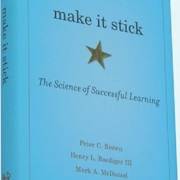
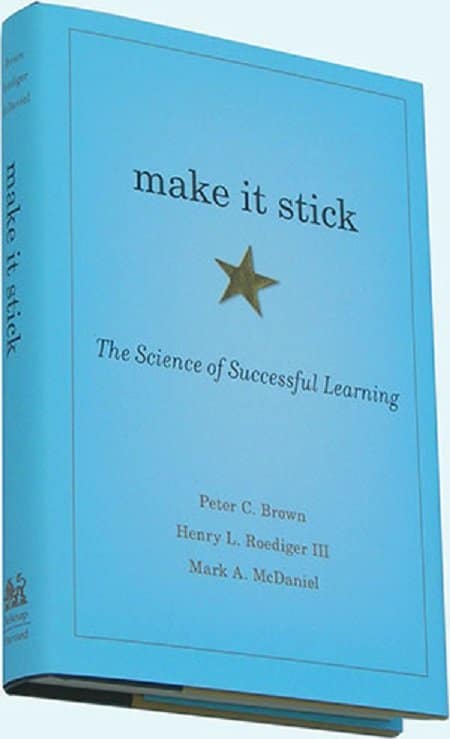
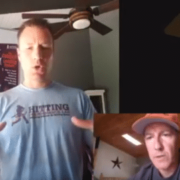
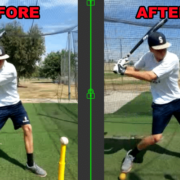
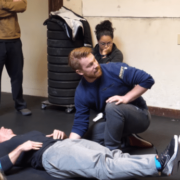

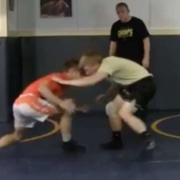
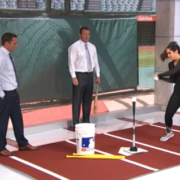
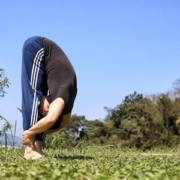



Great job, Joey! As a former high school psychology teacher I appreciate these learning and memory principles. I employed all of these in coaching baseball and in the classroom. in baseball, I particularly relied upon reinforcement schedules (feedback), variance and elaboration.
Indoors, I practiced by position rather than by team (freshman, jv , varsity) – 1B and 3B, SS and 2B, P and C, and OF.
In learning new material, I first used immediate feedback, then I delayed it.
In learning skills, massed practice for familiarity to mastery and then variance.
Rewards/Punishments: allow for failure in initially learning something. Never punish fsilure If the effort is there to complete the task. Punish lack of effort or indifference.
I knew you’d get a kick out the material Joe 😉
I didn’t see the one hour! If you can’t sue for more time, divide your group into positions – for example, have OFs hit while you work with INFs on fielding. Then switch. While in the gym, it took us 6 hours to get through all the groups mentioned in the first post – an hour and a half each group.
I work with a variety of ages in a cramped space in Pennsylvania so I can relate. One thing we do is incorporate physical fitness into our stations. Correctly performing upper level mechanics requires strength. Create a station or stations that work on simple things like med ball slams, body weight squats or other baseball strength training. It breaks up the monotony of hitting drills (which improves the focus on the hitting reps the kids do get!) and provides them with the physical strength necessary to perform the movements correctly.
Great stuff Todd! Why can’t we work strength training into a baseball practice?! 😀
Cutting edge Joey! It’s not that the area between the ears hasn’t been recognized as the key to greatness for years, but not many have actually put the principles into action. The two books listed (Make It Stick, The Talent Code) are excellent in that regard. I just ordered the companion book to The Talent Code, a condensed version titled, “The Little Book of Talent”…Ian is working hard and with your help will reach his true potential no matter the endeavor. Keep up the good work my friend =)
Glad to hear it Ryan! Thanks for the resources by the way. I want HPL to be a forum where people can share and swap ideas, resources, and tips that are backed by science. I’m looking forward to Ian’s progress 🙂